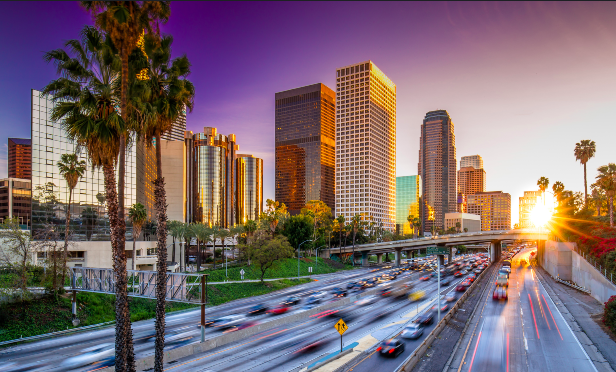 The design-build construction model has quickly risen in popularity in the wake of rapidly rising construction costs. The model helps curb costs by getting all of the stakeholders in a room early to create a highly efficient construction process. Mixed-use assets are driving a lot of that activity. The asset class is one of the fasted growing in the US, and design-build has become a staple for these projects.
The design-build construction model has quickly risen in popularity in the wake of rapidly rising construction costs. The model helps curb costs by getting all of the stakeholders in a room early to create a highly efficient construction process. Mixed-use assets are driving a lot of that activity. The asset class is one of the fasted growing in the US, and design-build has become a staple for these projects.
"Mixed-use is one of the fastest-growing sectors of development in the U.S., and is a primary driver for today's commercial design/build projects," Barry Caylor, VP of business development at design-build construction company OTL, tells GlobeSt.com. "A 2017 NAR study revealed that the majority of Americans—53%—prefer to live in walkable communities."
In addition to consumer preferences, the pillars of the development process have also seen the benefits of bringing more integrated and walkable communities to market. "Beyond these consumer preferences, developers, architects, city leaders and many others in the commercial real estate industry are increasingly recognizing the bottom-line value of creative placemaking," says Caylor. "By building walkable communities with a mix of product and infusing these destinations with landmark design/build features such as water features, outdoor living rooms, art, and other central elements that attract people, property owners are finding deep ROI."
Recommended For You
Want to continue reading?
Become a Free ALM Digital Reader.
Once you are an ALM Digital Member, you’ll receive:
- Breaking commercial real estate news and analysis, on-site and via our newsletters and custom alerts
- Educational webcasts, white papers, and ebooks from industry thought leaders
- Critical coverage of the property casualty insurance and financial advisory markets on our other ALM sites, PropertyCasualty360 and ThinkAdvisor
Already have an account? Sign In Now
*May exclude premium content© 2025 ALM Global, LLC, All Rights Reserved. Request academic re-use from www.copyright.com. All other uses, submit a request to [email protected]. For more information visit Asset & Logo Licensing.








